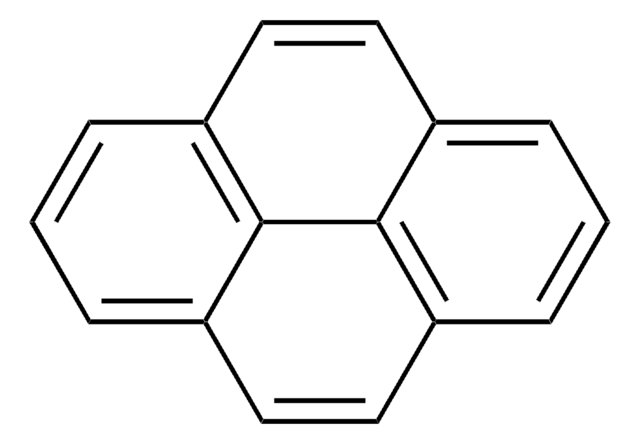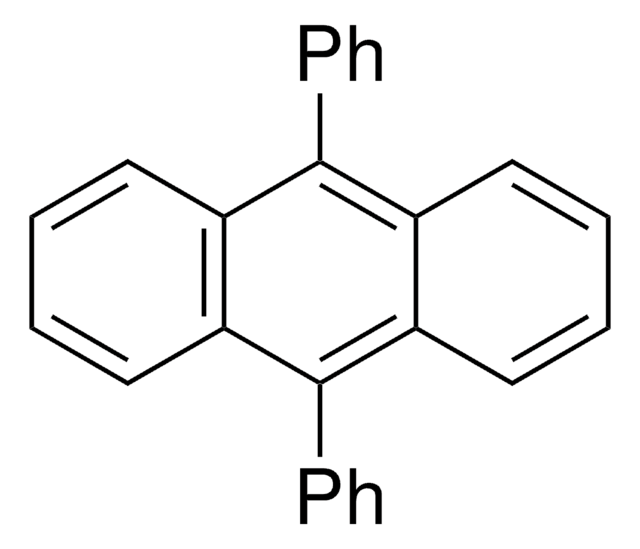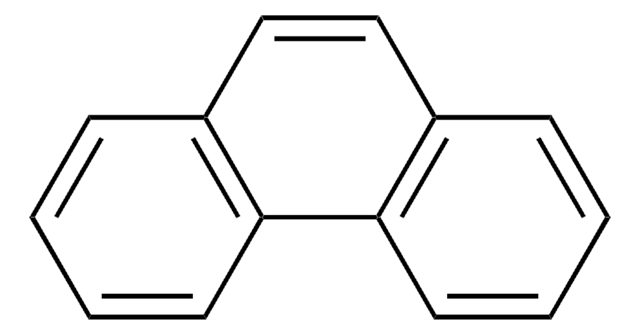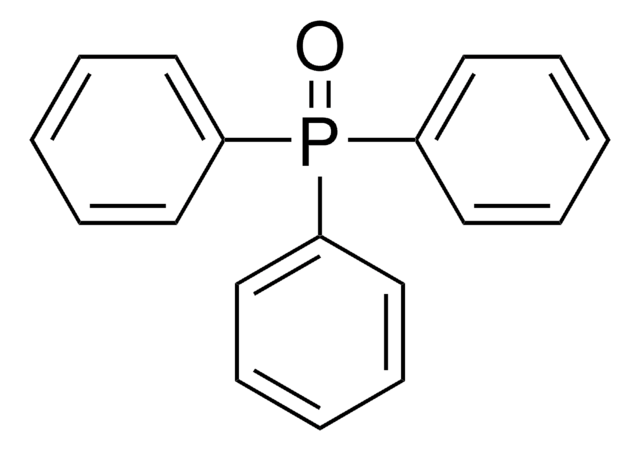185213
1,1,4,4-Tetraphenyl-1,3-butadiene
suitable for scintillation, ≥99%
Synonym(s):
TPB
About This Item
Recommended Products
Assay
≥99%
form
solid
mp
207-209 °C (lit.)
suitability
suitable for scintillation
SMILES string
c1ccc(cc1)\C(=C\C=C(/c2ccccc2)c3ccccc3)c4ccccc4
InChI
1S/C28H22/c1-5-13-23(14-6-1)27(24-15-7-2-8-16-24)21-22-28(25-17-9-3-10-18-25)26-19-11-4-12-20-26/h1-22H
InChI key
KLCLIOISYBHYDZ-UHFFFAOYSA-N
Looking for similar products? Visit Product Comparison Guide
Application
- Antihistamine biochemical reagent: Diphenhydramine hydrochloride is widely used as a potent H1 histamine receptor antagonist in biochemical assays to study allergic reactions and antihistamine effects, underscoring its utility in pharmacological research (Quinn et al., 2024).
- In vitro pharmacological studies: This compound serves as a critical tool in in vitro pharmacological studies, particularly for understanding the dynamics of histamine interactions and receptor activity, providing essential insights into allergic response mechanisms (Pitts et al., 2024).
- Diphenhydramine hydrochloride solubility: Its solubility in various solvents makes it an ideal candidate for experiments requiring precise dosages and concentrations in solution form, facilitating its use in liquid pharmaceutical formulations and research applications (Kumar et al., 2023).
- High purity Diphenhydramine HCl for biochemical research: The availability of high-purity diphenhydramine hydrochloride is crucial for conducting accurate and reproducible research, especially in studies related to its pharmacokinetics and pharmacodynamics (Pitts et al., 2024).
- Diphenhydramine HCl aqueous solution for scientific laboratory use: This compound is often prepared in aqueous solutions for experimental use, supporting various scientific studies that require a well-characterized antagonist to explore the pathways and effects of histamine in biological systems (Kumar et al., 2023).
related product
Signal Word
Warning
Hazard Statements
Precautionary Statements
Hazard Classifications
Eye Irrit. 2 - Skin Irrit. 2 - STOT SE 3
Target Organs
Respiratory system
Storage Class Code
11 - Combustible Solids
WGK
WGK 2
Flash Point(F)
Not applicable
Flash Point(C)
Not applicable
Personal Protective Equipment
Certificates of Analysis (COA)
Search for Certificates of Analysis (COA) by entering the products Lot/Batch Number. Lot and Batch Numbers can be found on a product’s label following the words ‘Lot’ or ‘Batch’.
Already Own This Product?
Find documentation for the products that you have recently purchased in the Document Library.
Customers Also Viewed
Our team of scientists has experience in all areas of research including Life Science, Material Science, Chemical Synthesis, Chromatography, Analytical and many others.
Contact Technical Service










